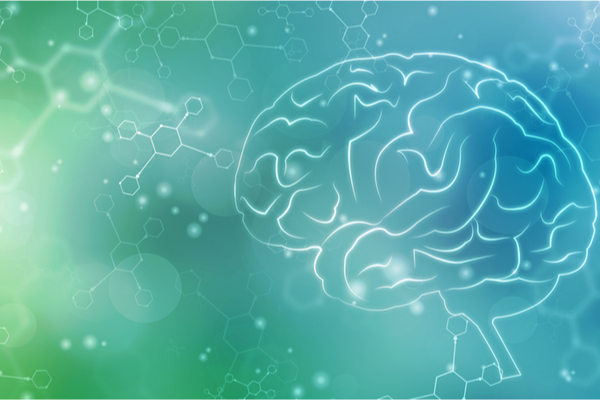Depression is a prevalent mental health condition affecting millions globally. While traditional treatments like psychotherapy and medication have been beneficial for many, a significant number of individuals continue to experience symptoms despite these interventions. For those facing treatment-resistant depression, alternative therapies such as Transcranial Magnetic Stimulation (TMS) therapy offers promising avenues for relief.
Understanding Transcranial Magnetic Stimulation (TMS)
Transcranial Magnetic Stimulation (TMS) is a non-invasive procedure that utilizes magnetic pulses to stimulate nerve cells in specific regions of the brain associated with mood regulation. Unlike Electroconvulsive Therapy (ECT), TMS does not require anesthesia and does not induce seizures, making it a more accessible option for many patients. During a TMS session, an electromagnetic coil is placed near the patient’s scalp, delivering magnetic pulses that target the dorsolateral prefrontal cortex—a part of the brain implicated in depression. By stimulating this area, TMS aims to restore normal neural activity, thereby alleviating depressive symptoms.
The Procedure: What to Expect During TMS Sessions
A typical TMS therapy course consists of multiple sessions conducted over several weeks. Each session involves the following steps:
- Preparation: The patient is seated comfortably, and earplugs are provided to minimize the clicking sound produced by the magnetic pulses.
- Coil Placement: An electromagnetic coil is positioned against the patient’s scalp near the forehead, targeting the dorsolateral prefrontal cortex.
- Stimulation: The device delivers magnetic pulses, creating a tapping sensation on the scalp.
- Duration: Each session typically lasts between 20 to 40 minutes, depending on the specific treatment protocol.
Patients remain awake and alert during the procedure and can resume normal activities immediately afterward. The full course of treatment usually spans four to six weeks, with sessions held five times per week.
Efficacy and Response Rates
Clinical trials have demonstrated that TMS can lead to significant improvements in depressive symptoms, particularly in individuals with major depression who have not responded to traditional treatments. Response rates vary, but many patients experience noticeable benefits after completing the full course of treatment. It’s important to note that individual outcomes can differ, and ongoing communication with a healthcare provider is essential to assess progress.
Safety and Side Effects
TMS is generally well-tolerated, with a favorable safety profile. Common side effects are mild and may include:
- Scalp Discomfort: Some patients report mild discomfort at the site of stimulation during the session.
- Headache: Transient headaches can occur but typically respond to over-the-counter pain relievers.
- Lightheadedness: A brief sensation of lightheadedness may be experienced post-session.
Serious side effects are rare, but as with any medical procedure, it’s crucial to discuss potential risks with a qualified healthcare provider.
Regulatory Approval and Accessibility
TMS therapy has been approved by the U.S. Food and Drug Administration (FDA) for the treatment of major depressive disorder, particularly in cases where patients have not found relief through antidepressant medications. Its non-invasive nature and minimal side effect profile make it an appealing treatment option for many individuals seeking alternatives to traditional therapies.
Exploring TMS as a Treatment Option
For individuals battling major depression, especially when traditional treatments have not provided sufficient relief, TMS presents a viable treatment option. Consulting with a healthcare provider is essential to determine the most appropriate course of treatment based on individual needs and medical history.
In conclusion, Transcranial Magnetic Stimulation (TMS) offers a promising avenue for treating major depression, particularly for those who have not responded to conventional therapies. Its non-invasive nature, coupled with a favorable safety profile, makes it a compelling option for individuals seeking alternative treatments. As with any medical intervention, it’s crucial to consult with a qualified healthcare provider to determine the most appropriate treatment plan tailored to individual needs.





